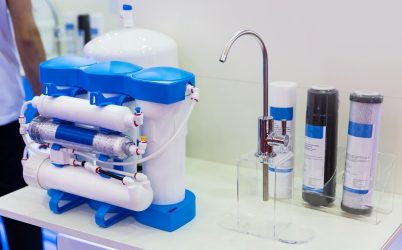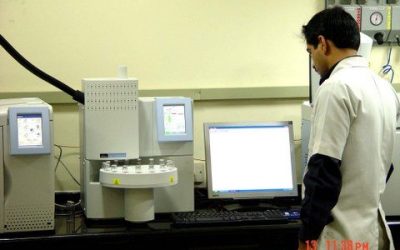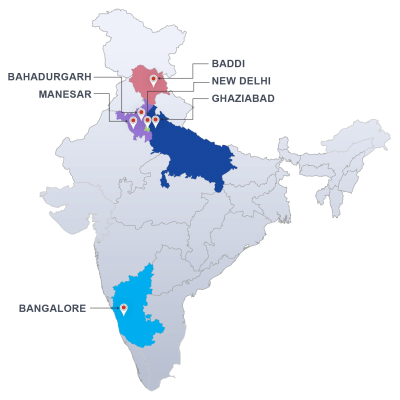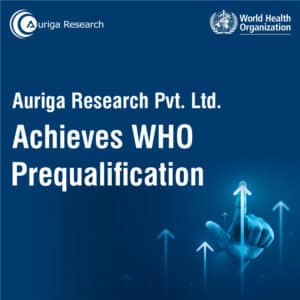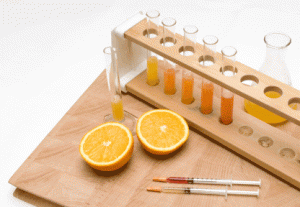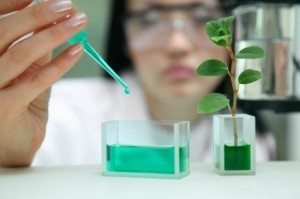Are you aware of the hazardous wastes that your manufacturing unit emits? If you fail to dispose and handle dangerous wastes properly, you might be charged with a heavy penalty. It is indispensable for you to fulfill the regulatory requirements and guidelines to remain environmentally safe for smooth functioning of your business.
A wide range of activities like manufacturing, construction, hospitals, farming, distilleries emit hazardous toxic and waste that can be harmful for environment, human and wild life this is why it is crucial for you to get a periodic hazardous waste testing done from an authorized laboratory.
The hazardous waste could be in the form of liquid, solid, or sludge and contain chemicals, heavy metals, radiation, pathogens, or other materials. An item such as leftover paints, pesticides, computer equipment and batteries also release harmful chemicals that might lead to severe consequences.
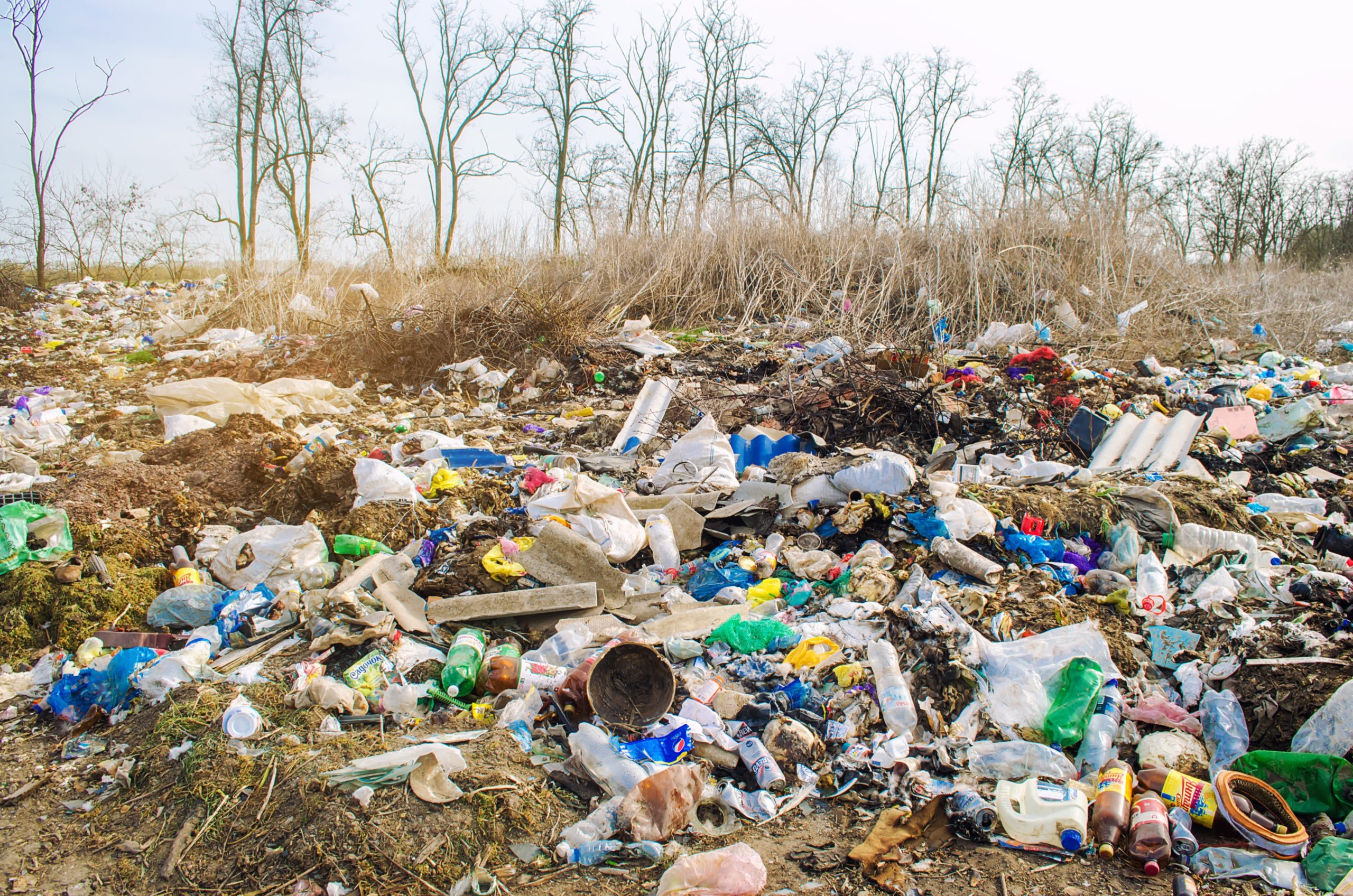
What is Hazardous Waste?
According to the CPCB of MOEF, hazardous waste is produced by manufacturers and other industrial organizations.It contains elements and properties that can produce potentially detrimental effects. It is a waste dangerous for human health and environment Hazardous waste is generated from many sources, ranging from industrial manufacturing process wastes to batteries and may come in many forms, including liquids, solids, gases, and sludges.
Hazardous waste generated by industries are required to be managed as per Hazardous waste management and rules 1989. About 4.4 per cent of Hazardous waste generated in the country is of the nature which has to be incinerated. Beside segregated organic residue, highly concentrated effluent such as mother liquors and toxic effluents not feasible for physic chemical biological treatment also require proper disposal through incineration.
The Four Classifications of Hazardous Waste
According to the EPA there are four main categories of hazardous waste which can be harmful for the environment. A glance at different categories of hazardous waste:
Listed Wastes
There are four sub-types of listed wastes. Among these are wastes that fall into the F-list, K-list, P-list and the U-list.
F-List Wastes
The F- List includes wastes that have a nonspecific source, produced from manufacturing and industrial processes. Notably, the source is usually nonspecific as it can be generated in various sectors of industry and manufacturing.
Categories of F-List waste
- Dioxin-bearing wastes
- Wood-preserving wastes
- Spent solvent wastes
- Petroleum refinery wastewater treatment sludges
- Chlorinated aliphatic hydrocarbons production
- Multisource leachate
- Electroplating and other metal finishing wastes
K-List Wastes
K-list wastes have a specific industry source. Particular production and treatment processes generate certain types of wastewaters and sludge that become distinguishable as hazardous wastes. Here are the industries that generate K-lists
- Iron and steel production
- Petroleum refining
- Inorganic pigment manufacturing
- Explosive’s manufacturing
- Ink formulation
- Veterinary pharmaceuticals manufacturing
- Primary aluminum production
- Organic chemicals manufacturing
- Pesticides manufacturing
- Coking (processing of coal to produce coke)
- Inorganic chemicals manufacturing
P-List & U-List Wastes
P-list and U-list wastes are specific commercial chemical products that are disposed of, but unused. To be considered as one of these wastes, they must meet certain criteria and be commercial grade formulations of specific unused chemicals.
Characteristic Wastes
It is identified as per the characteristic that it displays. Here are the four characteristics;
- Ignitability
Any waste that is flammable and can create fires.
- Corrosivity
Any waste (typically acids and bases) that can rust and decompose and has the ability to melt through steel materials.
- Reactivity
Any waste that is explosive, unstable under normal conditions.
- Toxicity
Waste that is fatally poisonous when ingested or absorbed.
Universal Wastes
These types of wastes typically include bulbs, mercury-containing equipment, pesticides and batteries.
Mixed Wastes
It contains both hazardous as well as radioactive components.
Method of testing
The United States Environmental Protection Act (EPA) is used to measure the presence and concentration of physical and chemical pollutants and to evaluate the properties such as toxic properties of chemical substances or measuring the effects of substances under various conditions.
Our services
We offer hazardous waste testing services to manage industrial hygiene, ensure compliance with regulations and cost-effective solutions. Our presence in pan India locations helps us to provide quick and diligent service to customers.
If you would like to use our testing services please feel free to contact us through the contact form or call us now on +91-11-45754575. We will be happy to provide you a proposal for Hazardous Waste Testing etc.




